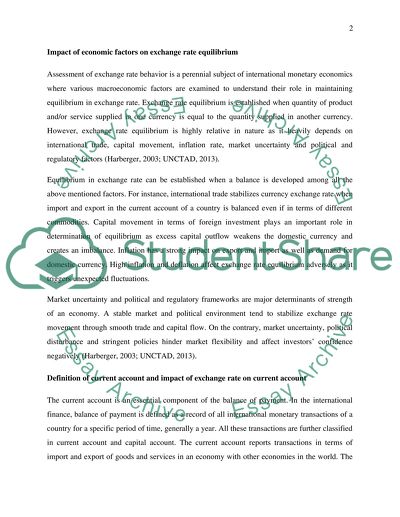Cite this document
(“International Money and Capital Markets Research Paper”, n.d.)
International Money and Capital Markets Research Paper. Retrieved from https://studentshare.org/finance-accounting/1658448-international-money-and-capital-markets
International Money and Capital Markets Research Paper. Retrieved from https://studentshare.org/finance-accounting/1658448-international-money-and-capital-markets
(International Money and Capital Markets Research Paper)
International Money and Capital Markets Research Paper. https://studentshare.org/finance-accounting/1658448-international-money-and-capital-markets.
International Money and Capital Markets Research Paper. https://studentshare.org/finance-accounting/1658448-international-money-and-capital-markets.
“International Money and Capital Markets Research Paper”, n.d. https://studentshare.org/finance-accounting/1658448-international-money-and-capital-markets.


